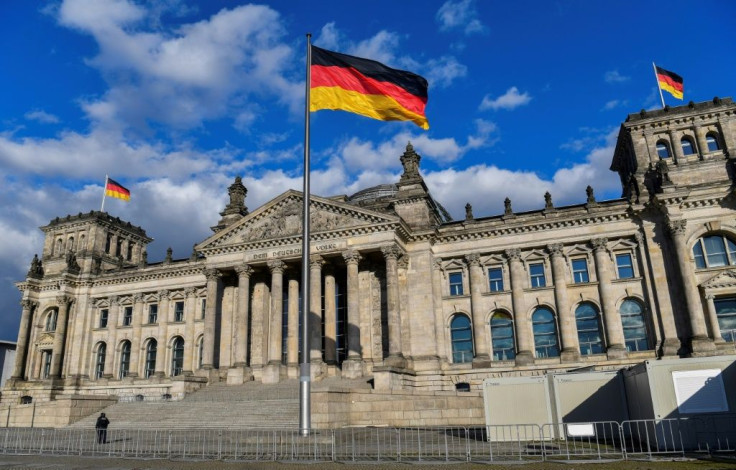German Election: Angela Merkel’s Successor Is Unclear Amid Tied Exit Polls
Elections in Germany on Sunday will determine the country’s next chancellor after Angela Merkel served in the role for 16 years.
The race is reportedly too close to call as of 1 p.m. ET. The opposing political parties — center-left SPD and the conservative CDU/CSU — have both received 25% of the vote.
Armin Laschet has been the face of the CDU, while Olaf Scholz, who was Merkel’s finance minister, is the candidate representing the SPD.
Some exit polls show the SPD with a marginal lead. One of the objectives of the SPD is to take steps toward a fiscal union.
Parties like the FDP and conservatives are opposed to a European “debt union” and want the joint European Union borrowing to finance the CDU/CSU’s COVID-19 recovery package to be a one-time thing.
While the SPD and CDU/CSU are tied, the Greens have earned 15% of the vote, the pro-business Free Democrats got 11%, the Alternative for Germany received 11%, the Left party obtained 5%, and other parties received 8%.
According to the Federal Election Commissioner, 36.5% of the eligible population had voted. Those numbers did not include the postal ballots, which are expected to contain over 40% of the votes.
The percentage is a major jump compared to 2017, when 28.6% of voters opted for mail-in ballots.
“As expected, the currently determined voter turnout is lower than the 2017 figure, as we assume a significantly higher proportion of absentee voters, whose turnout will be determined at a later date as part of the determination of the final election results,” Georg Thiel, Germany’s Federal Election commissioner, said in a statement.

© Copyright IBTimes 2025. All rights reserved.





















